-1060x400w.JPG)
Gabions: Art, Engineering and Style in one design.
Gabions are more than just metal mesh structures filled with stones.
It is a symbol of the fusion of nature and technology, capable of surprising even those who have never thought about construction solutions.
Let's see why gabions are so popular and how their types differ.
Secrets of versatility:
Gabions were first used to strengthen river banks and protect against erosion, as well as in the military, but their possibilities turned out to be much wider.
Today they are used for landscaping, building fences, preventing bank corrosion, creating decorative walls that can also reduce road noise, in dam foundation construction and flood protection, and even in making garden furniture and for the design of stores and bars.
Types of gabions and their features:
1. Welded gabions
The ideal choice for those who appreciate geometric clarity and reliability. The frame of welded gabions consists of galvanized steel rods, which are connected by spot welding.
- Where used: fences, retaining walls, flowerbeds.
- Special feature: sturdy construction that can withstand heavy loads.
- Style trick: they can be filled not only with stones, but also with wood, glass or even LED elements.
2. Woven wire gabions
This is a classic! These structures are made of flexible double or triple woven mesh. They look more natural and are ideal for difficult terrain.
- Where they are used: reinforcing river banks, protecting slopes, creating terraces.
- Special feature: they adapt to changes in topography thanks to their flexibility.
- Style trick : when filled in correctly, they create a “wild” effect.
3.Decorative gabions
Real works of art. Their shape and filling are limited only by your imagination.
- Where they are used: in interiors, gardens, on terraces.
- Feature: decorative gabions can be round, oval, in the shape of columns, any figures or even furniture.
- Style trick : use non-standard fillers: colored stones, decorative glass stones, bottles, ceramics, balls and any decor that suits your taste.
4. Box and mattress gabions
These are most often used in engineering projects.
- Box gabions have a strict shape and high height, ideal for retaining walls.
- Mattress gabions are low and wide structures that are spread out on the ground to protect it from erosion.
The installation of gabions is not only the process of laying stones in a metal structure, but also the use of special materials and tools that ensure the strength and durability of the entire system.
What is used in the installation of gabions: basic materials and accessories:
1. Gabion fastening clips (c-rings) or spirals
Gabion fastening clips are used for fast and strong fixation of mesh panels between each other. They are fixed with special pliers, which speeds up the installation process.
Spirals are metal springs that are screwed along the panels to be joined. They create a reliable and uniform connection, especially for structures with increased load.
2. Tensioners
These devices are used to ensure that the mesh maintains tension, preventing deformation of the structure. Tensioners are especially important for large gabions or areas where high stability is required.
3. Geotextiles
Geotextile is a non-woven material that is placed under the gabions or between the fill layers. Its main objectives are to:
-prevent soil leaching;
-provide water filtration;
-strengthen the stability of the entire structure.
4. Galvanized wire
A tension wire made of galvanized steel uses to tighten the wire mesh fence.
These elements make the installation of gabions not only efficient, but also professional, ensuring their reliability for many years.
But why are gabions more than just structures?
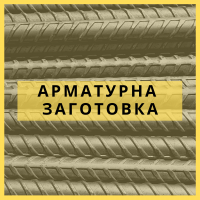
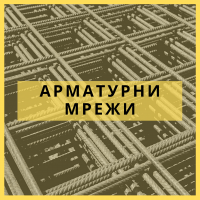


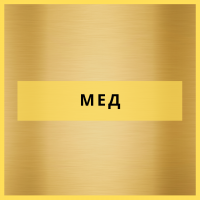
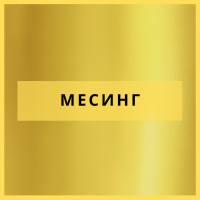


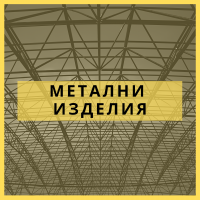
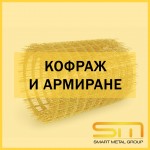


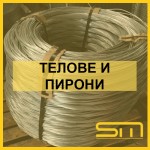
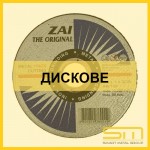
-150x150.png)

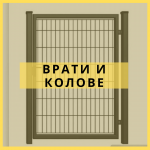
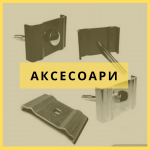

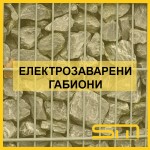


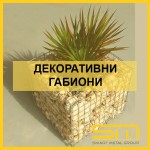
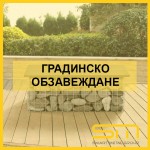
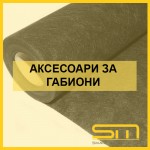

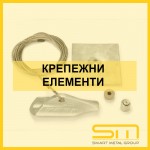
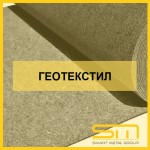
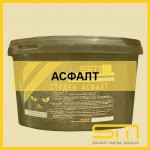



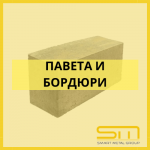




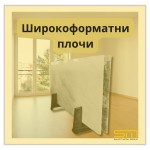
-150x150.jpg)
-150x150.jpg)
-150x150.jpg)